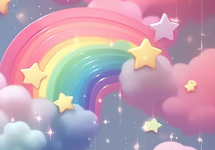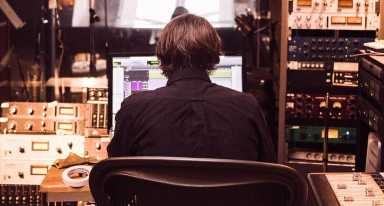Mastering Aesthetic:4cp7q9ppsk4= Backrounds backgrounds can transform art perception

Aesthetic:4cp7q9ppsk4= Backrounds backgrounds play a crucial role in shaping the viewer’s perception and emotional response to artwork. By examining the interplay of color, texture, and thematic elements, one can appreciate how these backgrounds not only complement but also elevate the central subject. Various styles, from minimalist to vintage, offer distinct narratives that invite deeper contemplation. As we explore the significance of these backgrounds, it becomes evident that their thoughtful selection can profoundly influence artistic expression and viewer engagement. What implications might this have for the future of visual arts?
Understanding Aesthetic Backgrounds
Aesthetic backgrounds serve as the visual canvas upon which artistic expression unfolds, influencing perception and emotional response in ways that often go unrecognized.
By employing color psychology, artists can evoke specific feelings, while visual harmony ensures that elements coexist seamlessly.
Together, these principles create an immersive experience, inviting viewers to explore and appreciate the depth of creativity and the freedom of interpretation inherent in art.
See also Uncover the serene yet complex an Aesthetic:Fztffujm8-Q= Blue
Popular Themes and Styles
Contemporary art embraces a diverse array of themes and styles, each reflecting unique cultural narratives and emotional resonances that captivate the imagination.
Popular trends include minimalist designs that emphasize simplicity, vintage vibes evoking nostalgia, nature motifs celebrating organic beauty, and abstract patterns that challenge perception.
These elements not only enhance aesthetic backgrounds but also invite viewers to explore deeper meanings and personal connections.
Tips for Choosing Backgrounds
Selecting the right background requires careful consideration of color, texture, and theme to create a harmonious visual experience that complements the primary subject.
Understanding color psychology can elevate the emotional impact, while thoughtful texture selection adds depth and interest.
Explore various combinations, ensuring they resonate with the intended message, allowing your creative vision to flourish and inspire a sense of freedom in your audience.
See also Gaze into the warmth of an Aesthetic:Gkl5e2ecaes= Brown
Conclusion
Aesthetic backgrounds function as crucial elements in artistic expression, transcending mere decoration to convey complex narratives.
By examining the interplay between color, texture, and thematic relevance, it becomes evident that these backgrounds not only enhance visual appeal but also evoke emotional responses.
The selection of appropriate backgrounds can reveal underlying truths and foster deeper connections between the artwork and its audience.
Thus, a well-chosen background serves as a silent yet powerful communicator, enriching the overall artistic experience.




